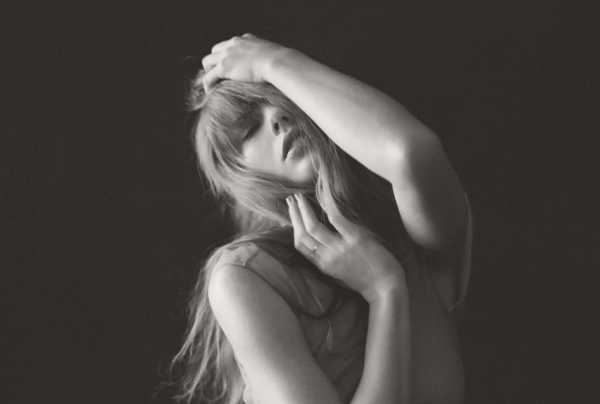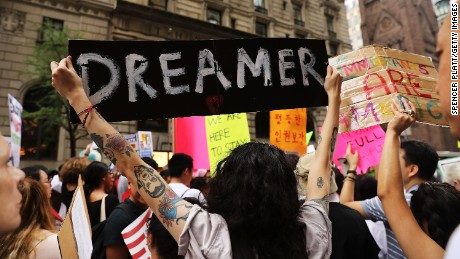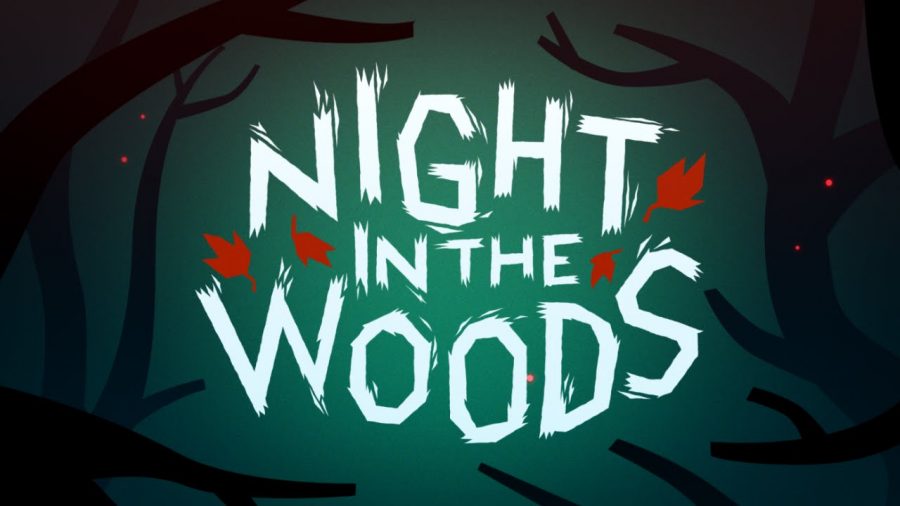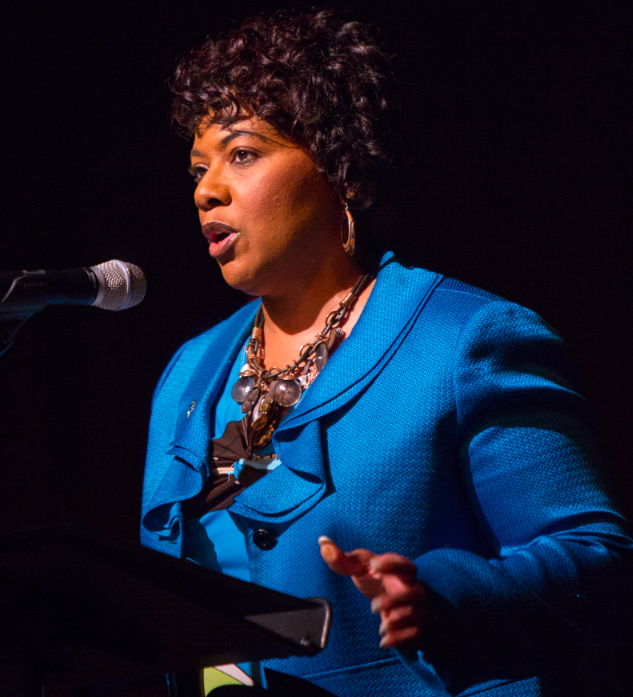By Alison Berstein
Staff Writer
As children in the schoolyard, we danced to a ring around the rosie. We rocked a bye baby. And after years of humming them over and over, we realize how morbid these chants really are.
We may not be able to get them out of our heads, but we can shed light on these dark ditties by diving into their fascinating history.
Children’s folklorists Peter and Iona Opie considered children’s rhymes the “remnants of ancient custom and ritual and may hold the last echoes of long-forgotten evil.”
These rhymes may not seem horrid on the surface, but their underlying messages give us a chill, and for good reason.
Many nursery rhymes were originally intended as political allegories against tyranny, disease, and other social issues.
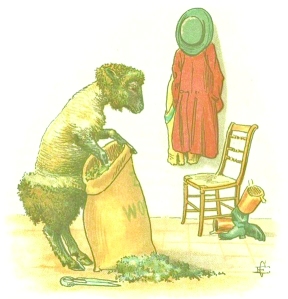
Back in the day, people could be executed for speaking their minds freely, so they gave their messages playful personas and a sense of general silliness. Now their critiques became less obvious and more flowery.
“Baa Baa Black Sheep”, for instance, critiqued a harsh wool tax in 13th-century England, leaving little wares for “the little boy who lives down the lane” (originally “none for the little boy/who cries down the lane”).
The rhymes weren’t written for the young audience who adores them so, but due to their catchiness and simplicity, children recited them with ease.
During the 17th and 18th centuries, when these rhymes were first printed, society treated children as small adults. Therefore, it was believed that children could handle content maturely, should they realize what it meant in the first place.
Adults still worried about how these unseemly dark chants would affect children. With the publication of “Mother Goose” and other anthologies, 19th-century writers watered down the rhymes to make them more child-friendly.
Even so, these rhymes were already committed to memory and shared with friends, much like they are today.
The disturbingly happy “Ring Around the Rosie” stemmed from the Great Plague of London, an outbreak of the bubonic plague in 1665. As in the preceding Black Death pandemic of the 1300s, the afflicted would develop a ring-shaped rash on their skin, hence “ring around the rosie” since the rash was rosy in color. “Posies” referred to herbs carried in pouches that could ward off the disease, which people believed was transmitted by foul smells.
Fast forward one hundred years or so to when Jack and Jill went up the hill to fetch a pail of water. This allegorical poem possibly referred to the French Revolution, when King Louis XVI and Queen Marie Antoinette were beheaded, hence “breaking their crowns.”
Additionally, when “Rock a Bye Baby” was first published in a 1765 anthology, a warning was printed with it: “This may serve as a Warning to the Proud and Ambitious, who climb so high that they may generally fall at last.”
Sends a shiver down your spine, doesn’t it?
While we may never know the true origins of these beloved chants, we can discover much about history – and be pleasantly creeped out – while studying them.
We might as well learn about these poems, because face it – if they’re still stuck in our heads after all these years, they’re not going away any time soon.




